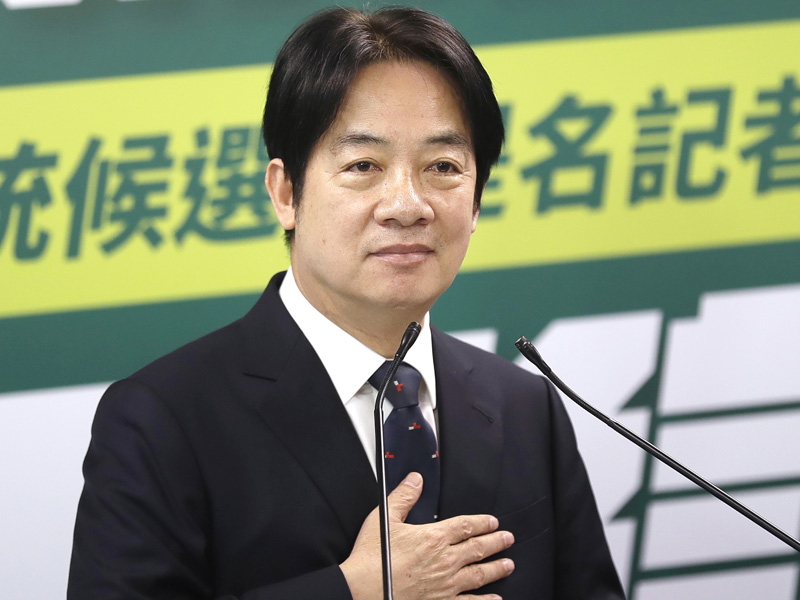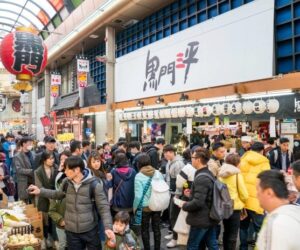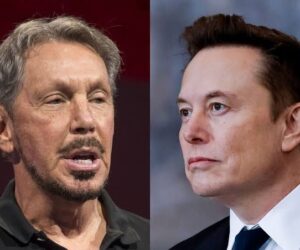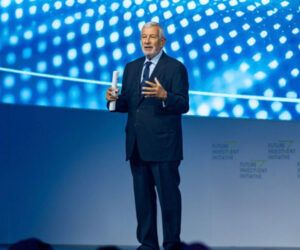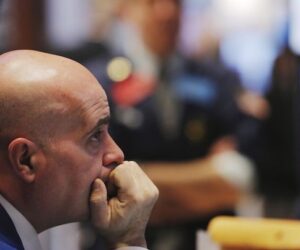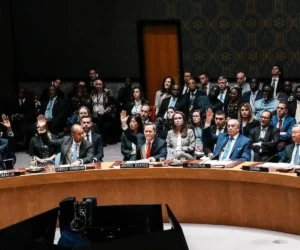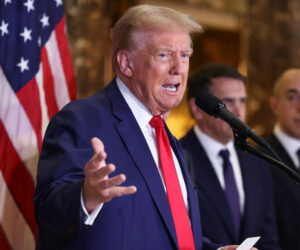Taiwanese President Lai Ching-te on Friday unveiled plans for a new, multi-layered air defence system dubbed “T-Dome,” alongside a pledge to increase military spending as tensions with China continue to escalate.
Speaking at a National Day ceremony in Taipei, Lai said the initiative forms part of a broader strategy to safeguard the island’s sovereignty and deter potential attacks from Beijing.
Taiwan is ramping up defence spending and modernising its armed forces, but faces a China that has a far larger military and is adding advanced new weapons such as stealth fighter jets, aircraft carriers, and a vast array of missiles.
“We will accelerate our building of the T-Dome, establish a rigorous air defence system in Taiwan with multi-layered defence, high-level detection, and effective interception, and weave a safety net for Taiwan to protect the lives and property of citizens,” Lai said to applause.
In his National Day address, Lai said Taiwan is determined to spend more on defence and would propose a special budget for military spending by the end of the year a move he said demonstrates his government’s determination to protect the island.
“The increase in defence spending has a purpose; it is a clear necessity to counter enemy threats and a driving force for developing our defence industries,” Lai said.
Lai did not give technical details about the “T-Dome”, which he mentioned publicly for the first time. As reported on Thursday that he would unveil the new system, which one source said would function similarly to Israel’s Iron Dome.
A senior presidential office official later told reporters that spending plans for the T-Dome would be included in the upcoming budget proposal to be presented by the end of the year.
“We are hoping to build a more thorough air defence net with a higher interception rate,” the official said, speaking on condition of anonymity, adding that countries like the United States are also building similar systems.
Taiwan’s existing air defence systems are primarily based around the US made Patriot and the Taiwan-developed Sky Bow missiles. The island unveiled its latest air defence missile last month at a major arms exhibition in Taipei. The missile, named Chiang-Kong, is designed to intercept mid-level ballistic missiles and reach airspace higher than the Patriots.
There was no immediate reaction from Beijing to Lai’s speech. China, which held war games around the island in response to his remarks last year, has labelled Lai a “separatist” and has rejected his offers of dialogue.
Lai urged China to renounce the use of force or coercion to change the status quo across the Taiwan Strait, saying Taiwan will continue to work for peace and regional stability.
“Looking back at World War Two, we see that so many experienced the suffering of war and the pain of invasion,” he said. “We should learn from these lessons and ensure that the tragedies of history are never repeated.”
A senior US administration official said Washington welcomed Lai’s pledge to strengthen Taiwan’s defence and commitment to maintaining peace and stability.
“We’re not going to speculate on how Beijing might react,” the official said. “But our general policy is that we don’t think routine speeches should be used as a pretext for taking any sort of coercive or military action.”
Taiwan’s National Day is held on the anniversary of the 1911 uprising that led to the overthrow of China’s last imperial dynasty and the establishment of the Republic of China.
The Republican government fled to Taiwan in 1949 after losing a civil war with Mao Zedong’s communists, and the Republic of China remains the island’s formal name.
Erizia Rubyjeana
Follow us on:

